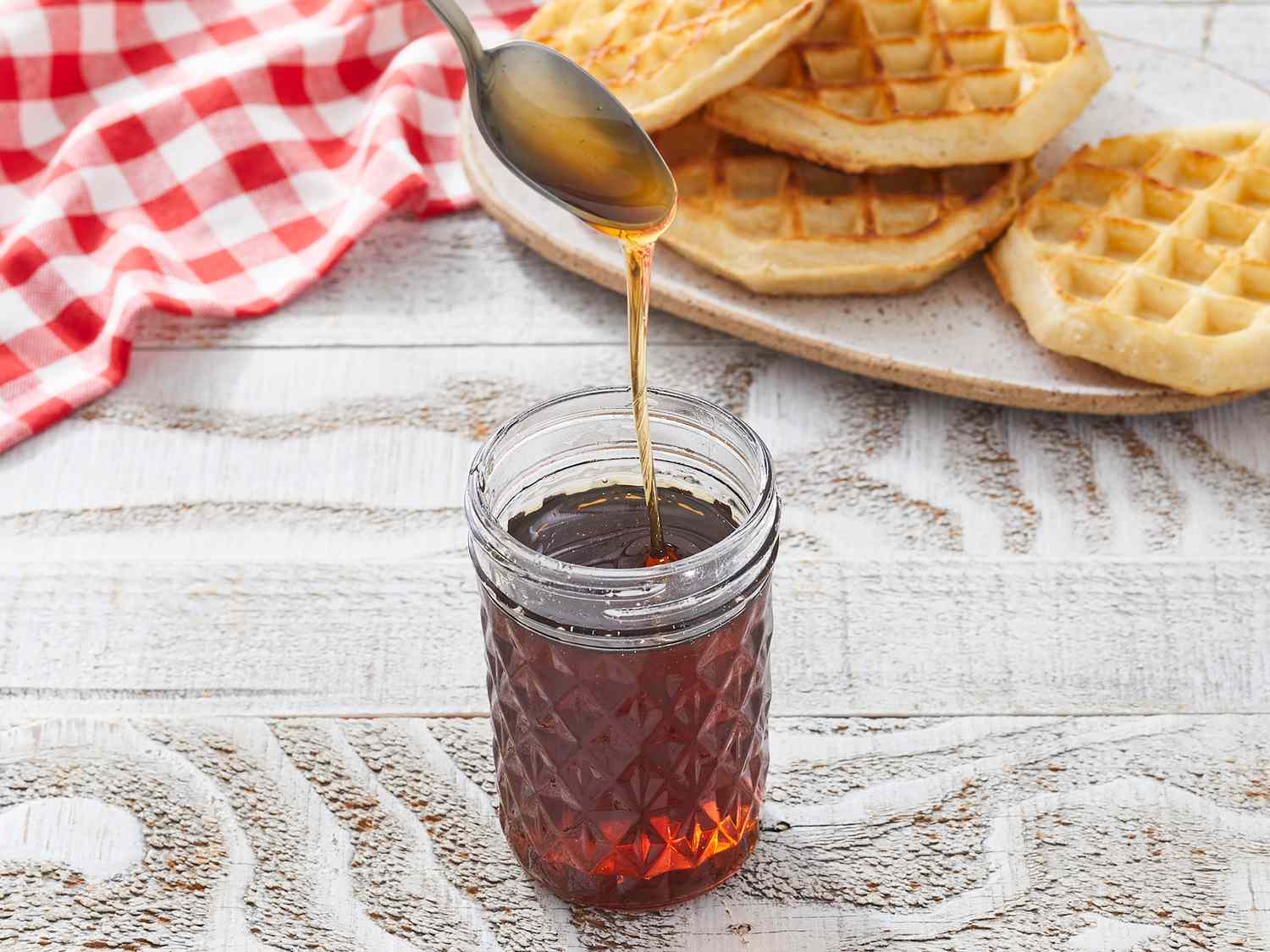

Articles
How To Store Homemade Maple Syrup
Modified: December 7, 2023
Discover the best articles on how to store homemade maple syrup to ensure its freshness and flavor. Learn proper techniques and tips for long-lasting syrup storage.
(Many of the links in this article redirect to a specific reviewed product. Your purchase of these products through affiliate links helps to generate commission for Storables.com, at no extra cost. Learn more)
Introduction
Homemade maple syrup is a delightful treat that adds a sweet and rich flavor to a variety of dishes. Whether you tapped the maple trees in your backyard or received a batch as a gift, properly storing homemade maple syrup is essential to preserve its quality and taste for an extended period of time.
In this article, we will guide you through the process of storing homemade maple syrup to ensure its freshness and longevity. From choosing the right containers to sealing and labeling them, we will cover every step to help you keep your precious syrup in the best condition.
So, let’s dive in and discover the secrets of storing homemade maple syrup!
Key Takeaways:
- Preserve the sweetness: Choose glass jars with airtight seals or food-grade plastic containers to store homemade maple syrup. Sterilize, filter, pour, seal, and label for freshness and longevity.
- Savor the flavor: Refrigerate for short-term storage, freeze for long-term preservation, or achieve shelf stability through pasteurization. Regularly inspect and rotate stock to enjoy homemade maple syrup year-round.
Read more: How To Store Maple Syrup
Choosing the Right Containers
When it comes to storing homemade maple syrup, selecting the appropriate containers is crucial. The right choice will help maintain the syrup’s aroma and flavor while protecting it from contamination.
There are two main types of containers commonly used for storing maple syrup: glass jars and plastic containers. Let’s explore each option.
Glass Jars
Glass jars are an excellent choice for storing homemade maple syrup. They are non-reactive and do not leach any chemicals into the syrup. This ensures that the syrup maintains its original taste and quality.
It is recommended to use glass jars that have an airtight seal. The seal will prevent air from entering the container and causing the syrup to spoil. Mason jars with screw-on metal lids are a popular choice as they provide a tight seal and are readily available.
When selecting glass jars, opt for ones with a small opening. This will reduce the syrup’s exposure to air every time it is opened, further preserving its freshness. Additionally, darker-colored glass jars, such as amber or brown, can help protect the syrup from sunlight, which can degrade its quality.
Plastic Containers
Plastic containers can also be used for storing homemade maple syrup, but there are a few factors to consider when choosing them.
Firstly, ensure that the plastic containers are food-grade and safe for storing liquids. Look for containers that are labeled as BPA-free to avoid any potential harmful chemicals seeping into the syrup.
Additionally, opt for containers with a tight-sealing lid or cap to prevent air and moisture from entering. This will help maintain the syrup’s freshness and prevent any leaks or spills.
Translucent or opaque plastic containers are preferable as they provide some level of protection from sunlight, reducing the chances of the syrup being affected by light exposure.
When storing maple syrup in plastic containers, it is advisable to avoid long-term storage. Plastic containers are more susceptible to changes in temperature, which can affect the syrup’s taste and quality over time.
Regardless of whether you choose glass jars or plastic containers, make sure they are thoroughly cleaned and sanitized before use. This will prevent any bacteria or contaminants from compromising the syrup’s integrity.
Now that we have explored the different container options, let’s move on to the next step: sterilizing the containers.
Sterilizing the Containers
Before storing your homemade maple syrup, it is essential to sterilize the containers to ensure they are clean and free from any bacteria or contaminants. This step is crucial in maintaining the quality and shelf life of your syrup.
Here’s a simple guide to sterilizing your containers:
Read more: How To Store Homemade Syrup
Step 1: Wash the Containers
Start by washing the containers with hot, soapy water. Use a dish sponge or brush to scrub the inside and outside of the containers thoroughly. Rinse them well to remove any soap residue.
Step 2: Boiling Water Bath
Prepare a large pot of boiling water. Submerge the containers in the boiling water, ensuring they are completely covered. Let them boil for at least 10 minutes.
Boiling the containers helps kill any remaining bacteria or microorganisms that may be present. It also sterilizes the containers, making them safe for storing your precious maple syrup.
Step 3: Drying and Cooling
After the containers have boiled for the required time, carefully remove them from the pot using tongs or heat-resistant gloves. Place them upside down on a clean towel or drying rack to air dry.
Allow the containers to cool completely before proceeding to fill them with the maple syrup. This will help prevent condensation from forming inside the containers, which can lead to spoilage.
It’s worth noting that some containers, such as glass jars with metal lids, may not withstand the boiling water bath. In such cases, you can wash them thoroughly with hot, soapy water, rinse well, and then sanitize them by submerging them in a mixture of one tablespoon of bleach per gallon of water for 10 minutes. Rinse the containers thoroughly with clean water after sanitizing.
By taking the time to properly sterilize the containers, you can ensure that your homemade maple syrup stays fresh and uncontaminated throughout the storage process.
Now that the containers are sterilized, it’s time to move on to the next step: filtering the maple syrup.
Filtering the Maple Syrup
Filtering homemade maple syrup is an essential step to remove any impurities or sediment that may be present. This helps ensure the syrup’s clarity and enhances its overall quality. There are a couple of methods you can use to filter your maple syrup: using a filter cone or using cheesecloth.
Read more: How To Store Maple Syrup Long Term
Using a Filter Cone
A filter cone, also known as a maple syrup filter cone or a syrup filter press, is a specialized tool designed specifically for filtering maple syrup. It consists of a cone-shaped filter and a holder or stand to hold the cone in place.
To filter your maple syrup using a filter cone:
- Place the filter cone on top of a clean container or pan.
- Pour the maple syrup into the filter cone.
- Allow the syrup to slowly pass through the filter, capturing any impurities or sediment.
- Repeat the process if necessary to ensure the syrup is thoroughly filtered.
Using a filter cone provides a convenient and efficient way to achieve a clear and smooth syrup. The cone’s filter effectively removes any particles, leaving you with a high-quality maple syrup ready for storage.
Using Cheesecloth
If you don’t have a filter cone, you can easily use cheesecloth as an alternative filtering method. Cheesecloth is a loosely woven cotton fabric that effectively captures fine particles while allowing the syrup to pass through.
To filter your maple syrup using cheesecloth:
- Place a large piece of clean cheesecloth over a fine-mesh sieve or strainer.
- Set the sieve or strainer over a clean container or pan.
- Pour the maple syrup onto the cheesecloth, allowing it to slowly filter through the fabric and catch any sediment.
- Gently press down on the cheesecloth to extract as much syrup as possible.
You may need to change the cheesecloth or rinse it off with hot water during the process if it becomes clogged with sediment. Repeat the filtering process if necessary until the syrup is clear and free from impurities.
Filtering your maple syrup using cheesecloth provides an accessible and cost-effective option. It may require a bit more effort and time compared to using a filter cone, but it yields similar results in terms of removing sediment and achieving a smooth syrup.
Now that your maple syrup is filtered, we can move on to the next step: pouring the syrup into the storage containers.
Pouring the Syrup into Containers
After filtering your homemade maple syrup, it’s time to carefully pour it into the sterilized storage containers. This step ensures that the syrup is evenly distributed and ready for sealing and storage.
Here’s a step-by-step guide on pouring the syrup into the containers:
- Prepare a clean and dry workspace. Place the sterilized containers within easy reach.
- Using a ladle, measuring cup, or a small pitcher with a spout, carefully pour the maple syrup into the containers.
- Avoid overfilling the containers. Leave a small gap at the top, allowing room for expansion during freezing or storing.
- Be cautious to avoid spills or splatters. Maple syrup can be sticky and difficult to clean if it gets on surfaces or spills over the container edges.
If you find any impurities or floating particles in the syrup while pouring, you can use a clean spoon or skimmer to remove them. This will help maintain the syrup’s clarity and quality.
Take your time and pour the syrup slowly and carefully, ensuring that it goes into the containers without any spills or mess. Keeping the workspace clean will make the pouring process easier and minimize the chances of contamination.
Once you have poured the syrup into the containers, it’s time to move on to the next crucial step: sealing the containers to preserve the syrup’s freshness and flavor.
Read more: How To Store Maple Syrup After Opening
Sealing the Containers
After pouring your homemade maple syrup into the storage containers, it’s important to properly seal them to maintain freshness and prevent any air or moisture from entering. There are two common methods for sealing maple syrup containers: using lids and using wax.
Using Lids
One of the easiest ways to seal maple syrup containers is by using lids. Most glass jars and some plastic containers come with airtight lids that provide a secure seal.
To seal the containers with lids:
- Ensure that the rims of the containers are clean and dry.
- Place the lid on top of the container.
- Twist the lid clockwise to securely tighten it onto the container.
- Check that the lid is properly sealed by giving it a gentle tug. If it doesn’t come off easily, it’s well-sealed.
Lids provide a convenient and easy way to seal maple syrup containers, ensuring that the syrup remains protected from air and moisture. It’s important to use lids that fit tightly on the containers to create a proper seal.
Using Wax
Another traditional method of sealing maple syrup containers is by using wax. This method provides an extra layer of protection against air and bacteria, preserving the syrup’s quality.
To seal the containers with wax:
- Ensure that the containers are filled with syrup and the rims are clean and dry.
- Melt food-grade sealing wax in a small saucepan or double boiler.
- Carefully pour the melted wax over the syrup, creating a thin layer on top.
- Allow the wax to cool and solidify completely before moving or storing the containers.
Using wax may require a bit more effort and preparation, but it provides a traditional and effective seal. The wax layer acts as a protective barrier, preventing any air or contaminants from reaching the syrup.
When using wax, it’s important to note that the wax layer needs to be broken before accessing the syrup. This can be done by gently puncturing the wax with a knife or a wax-breaking tool.
Choose the sealing method that works best for your needs and the type of containers you are using. Whether you opt for lids or wax, both methods will help preserve the freshness and quality of your homemade maple syrup.
Now that your containers are properly sealed, it’s time to move on to the next step: labeling your maple syrup for easy identification.
Labeling the Maple Syrup
Labeling your homemade maple syrup is an important step to ensure easy identification and provide essential information about the syrup. A well-labeled container not only adds a professional touch but also helps you keep track of the syrup’s production date and other relevant details.
Read more: How To Store Homemade Simple Syrup
Here are some key elements to include when labeling your maple syrup:
1. Name and Type:
Include the name of the syrup, such as “Homemade Maple Syrup,” along with the type or grade, such as “Grade A,” “Grade B,” or “Dark Amber.” This helps distinguish between different batches or varieties of maple syrup.
2. Date of Production:
Write down the date when the maple syrup was made or bottled. This is useful for keeping track of freshness and ensuring you consume the oldest syrup first.
3. Quantity and Volume:
Indicate the quantity and volume of the syrup contained in the container. You can mention the net weight in ounces or grams and the volume in fluid ounces or milliliters. This helps with inventory management and portion control.
4. Ingredients:
Include a list of ingredients used in making the maple syrup, especially if there are any additional flavors or additives. This is important for individuals with allergies or dietary restrictions.
5. Storage Instructions:
Provide guidelines on how to store the syrup properly, whether it needs refrigeration or can be stored at room temperature. Mention the ideal temperature range for maintaining the syrup’s quality.
6. Personal Touch:
Add a personal touch to your labels by including your name, the name of your maple syrup production, or a unique design or logo. This adds a special touch and can make your homemade syrup stand out.
You can create your own labels using printable adhesive sheets or purchase pre-made labels online or at local craft stores. Ensure that the labels are waterproof and can withstand refrigeration or freezer conditions if necessary.
By labeling your maple syrup containers, you’ll make it easier to identify and organize your syrup collection. It also adds a professional and thoughtful touch for gifting or selling your homemade maple syrup.
Now that your maple syrup is properly labeled, it’s time to explore the various methods of storing it to maintain its freshness and quality. Let’s proceed to the next step: storing the syrup.
Storing the Syrup
Properly storing homemade maple syrup is crucial for maintaining its freshness and preserving its flavor. There are a few different methods you can use to store your syrup: refrigerating, freezing, and ensuring shelf stability. Let’s explore each option:
Refrigerating
Refrigeration is the most common method of storing maple syrup, especially for short-term storage. When refrigerated, the cold temperature helps inhibit bacterial growth and extend the syrup’s shelf life.
To refrigerate homemade maple syrup:
- Ensure that the container is tightly sealed or covered with a lid to prevent air and moisture from entering.
- Place the container in the refrigerator, ideally in the main compartment rather than the refrigerator door. This will help maintain a constant temperature.
- Keep the syrup away from strong-smelling foods as it can absorb odors easily.
Refrigerated maple syrup can stay fresh for several months, though it may develop some crystallization over time. If crystallization occurs, gently warm the syrup before use to dissolve the crystals and restore its smooth texture.
Freezing
Freezing is an excellent option for long-term storage, allowing you to preserve your homemade maple syrup for an extended period without compromising its quality.
To freeze homemade maple syrup:
- Ensure that the container is tightly sealed or covered with a lid to prevent freezer burn and maintain the syrup’s freshness.
- Leave some headspace in the container to allow for expansion as the syrup freezes.
- Place the container in the freezer, ideally at a consistent temperature of 0°F (-18°C) or below.
Frozen maple syrup can be stored for up to one year. When you’re ready to use it, allow the syrup to thaw in the refrigerator overnight or gently warm it in a pan of hot water to return it to its original consistency.
Read more: How To Store Syrup
Shelf Stability
If properly processed and bottled, maple syrup can have natural shelf stability, allowing it to be stored at room temperature without refrigeration or freezing. However, this method requires careful preparation, including proper pasteurization and adequate containers.
To achieve shelf stability:
- Pasteurize the maple syrup at the recommended temperature and duration to kill any bacteria or microorganisms.
- Fill the syrup into sterilized containers, leaving minimal headspace and ensuring a secure seal.
- Store the containers in a cool, dark place away from direct sunlight and strong odors.
Shelf-stable maple syrup can last for several years. However, it’s essential to periodically check for signs of spoilage, such as off flavors or mold growth. If any signs of spoilage are present, discard the syrup.
Regardless of the storage method you choose, always remember to label your containers with the production date and regularly inspect and rotate your stock to ensure you use the oldest syrup first.
By following these storage methods, you can enjoy your homemade maple syrup throughout the year while maintaining its exceptional taste and quality.
Now that you’ve learned how to store maple syrup properly, let’s conclude our guide to storing homemade maple syrup.
Conclusion
Congratulations! You have now learned all the essential steps to store your homemade maple syrup properly. By following these guidelines, you can ensure the syrup’s freshness, preserve its flavor, and extend its shelf life.
Remember, the first step is to choose the right containers for storing your syrup. Glass jars with airtight lids or food-grade plastic containers with secure seals are ideal options.
Sterilizing the containers ensures that they are clean and free from any bacteria or contaminants that could affect the syrup’s quality. Boiling water baths or sanitizing solutions can be used to achieve this.
Filtering the maple syrup through either a filter cone or cheesecloth helps remove impurities and sediment, resulting in a clear and smooth syrup.
Pour the filtered syrup slowly and carefully into the containers, leaving a small gap to allow for expansion. Avoid spills or splatters to keep your workspace clean.
Properly sealing the containers using either lids or wax is essential to prevent air and moisture from entering. Both methods provide a secure seal, maintaining the syrup’s freshness and flavor.
Label your containers to easily identify and organize your maple syrup. Include important information such as the syrup’s name, date of production, quantity, storage instructions, and any additional personal touches.
Choose the storage method that suits your needs and preferences. Refrigerating maple syrup is suitable for short-term storage, while freezing is ideal for long-term preservation. Achieving shelf stability through proper pasteurization allows for storing maple syrup at room temperature.
Regularly inspect your syrup for any signs of spoilage, such as off flavors or mold growth, and discard any syrup that shows these signs.
By following these steps and techniques, you can enjoy your homemade maple syrup for an extended period, savoring its delightful flavor and adding a touch of sweetness to your favorite dishes and beverages.
Now, go ahead and store your homemade maple syrup with confidence, knowing that it will stay fresh and delicious until the last drop!
Frequently Asked Questions about How To Store Homemade Maple Syrup
Was this page helpful?
At Storables.com, we guarantee accurate and reliable information. Our content, validated by Expert Board Contributors, is crafted following stringent Editorial Policies. We're committed to providing you with well-researched, expert-backed insights for all your informational needs.
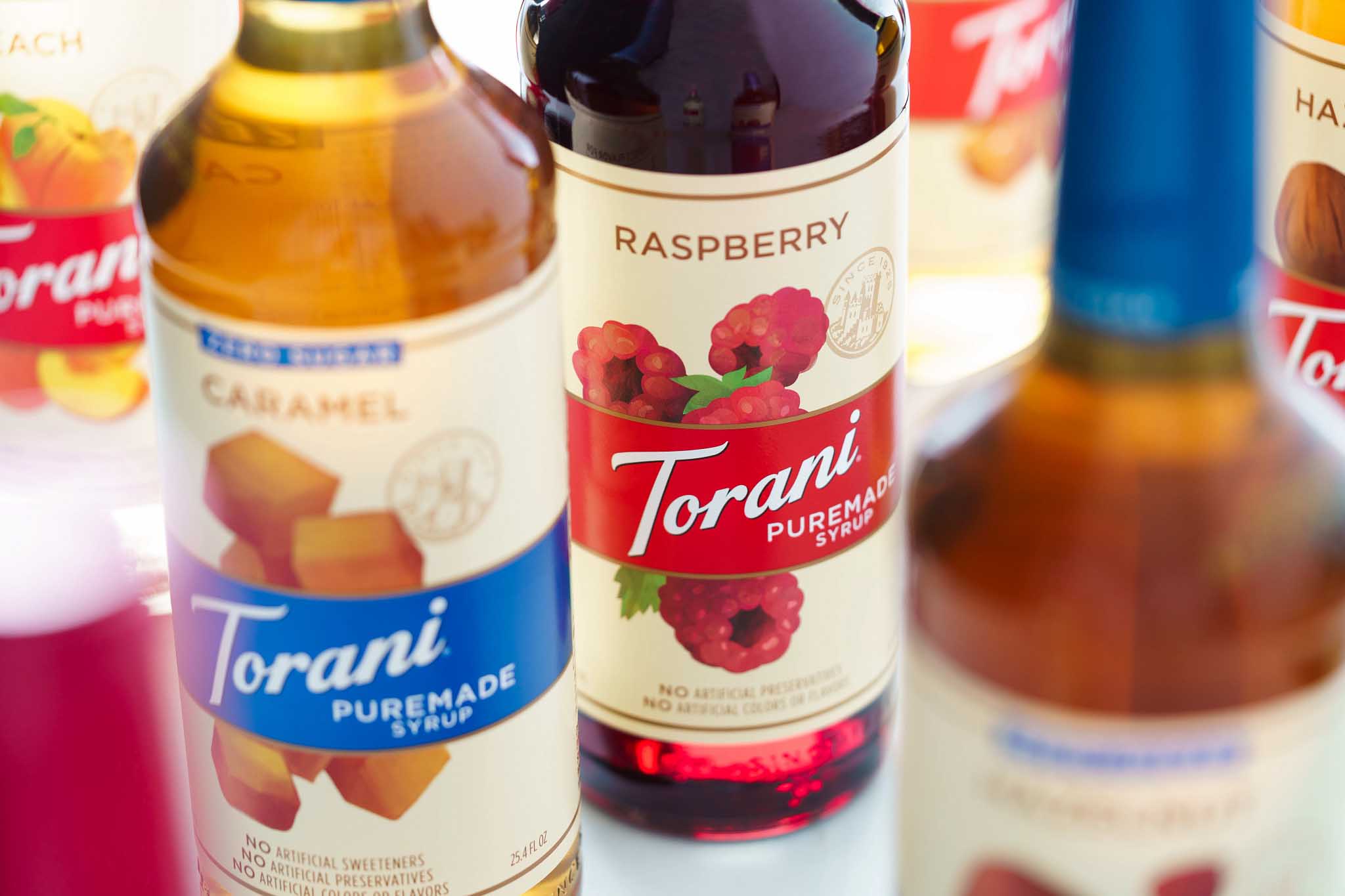
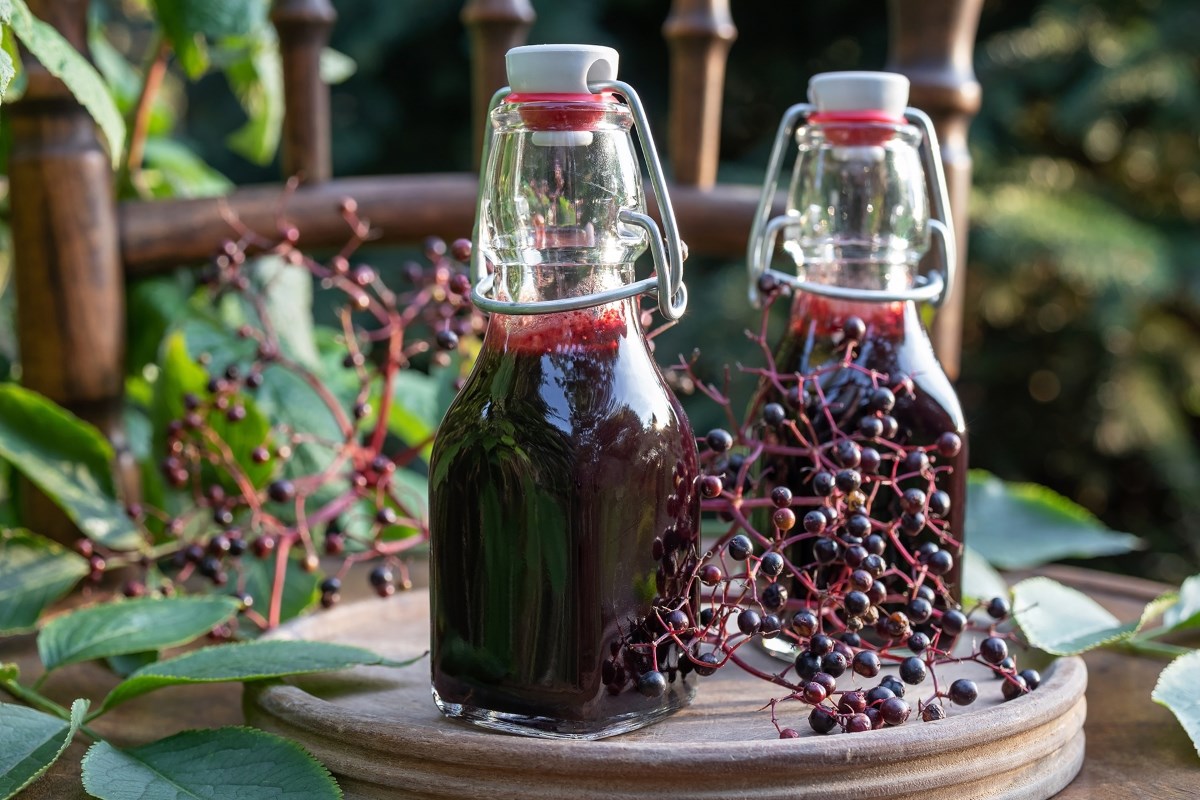
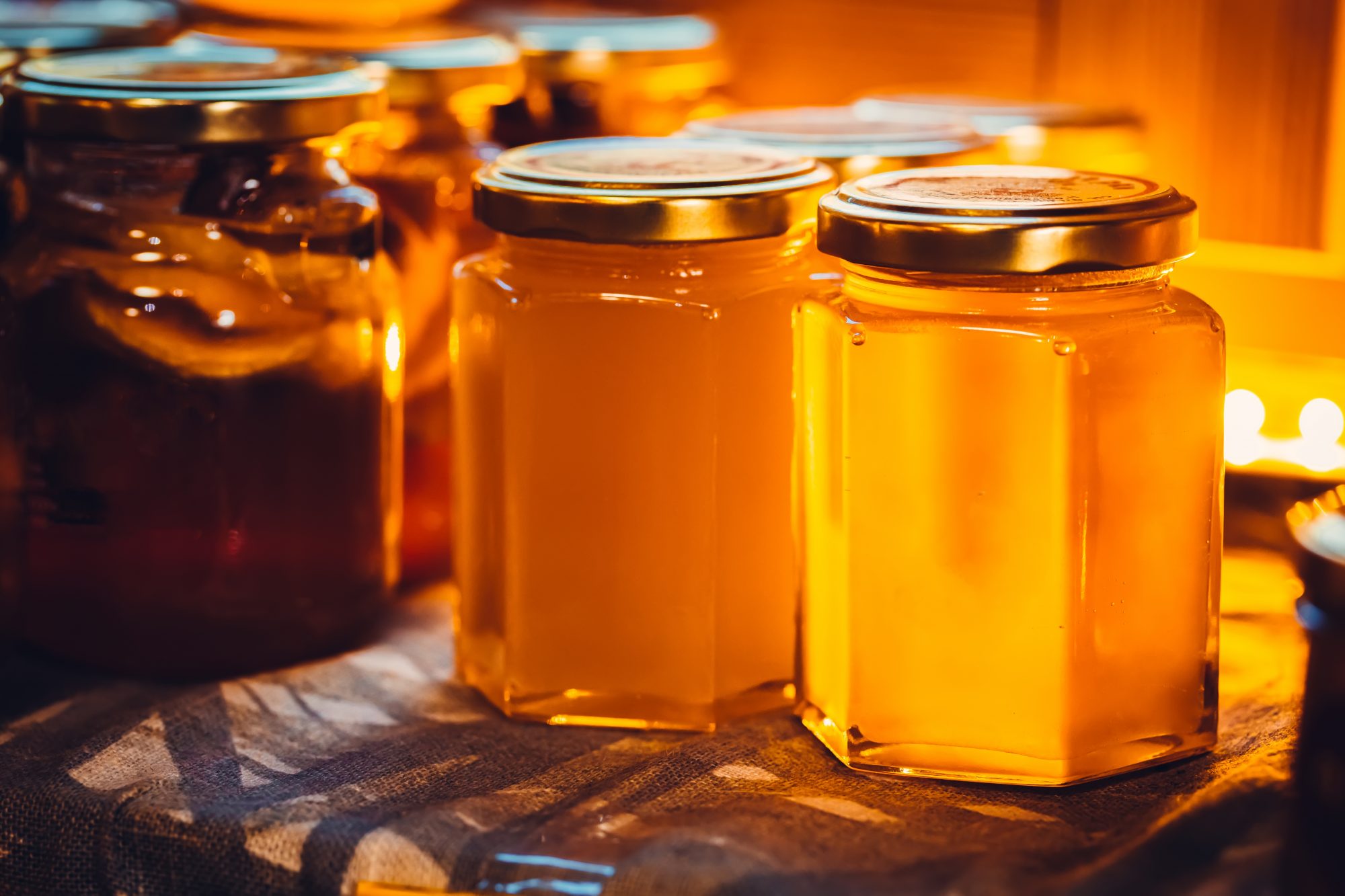
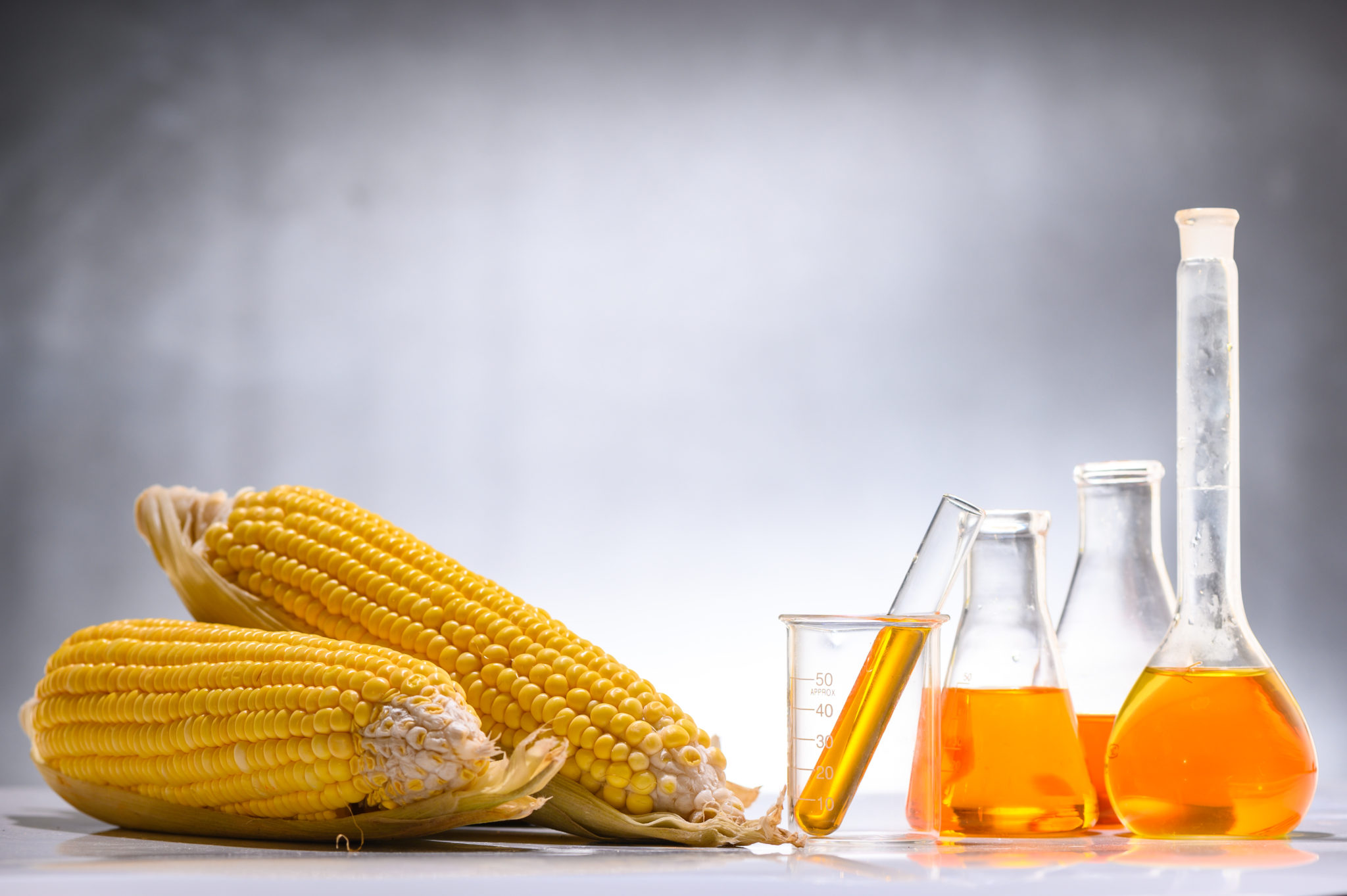
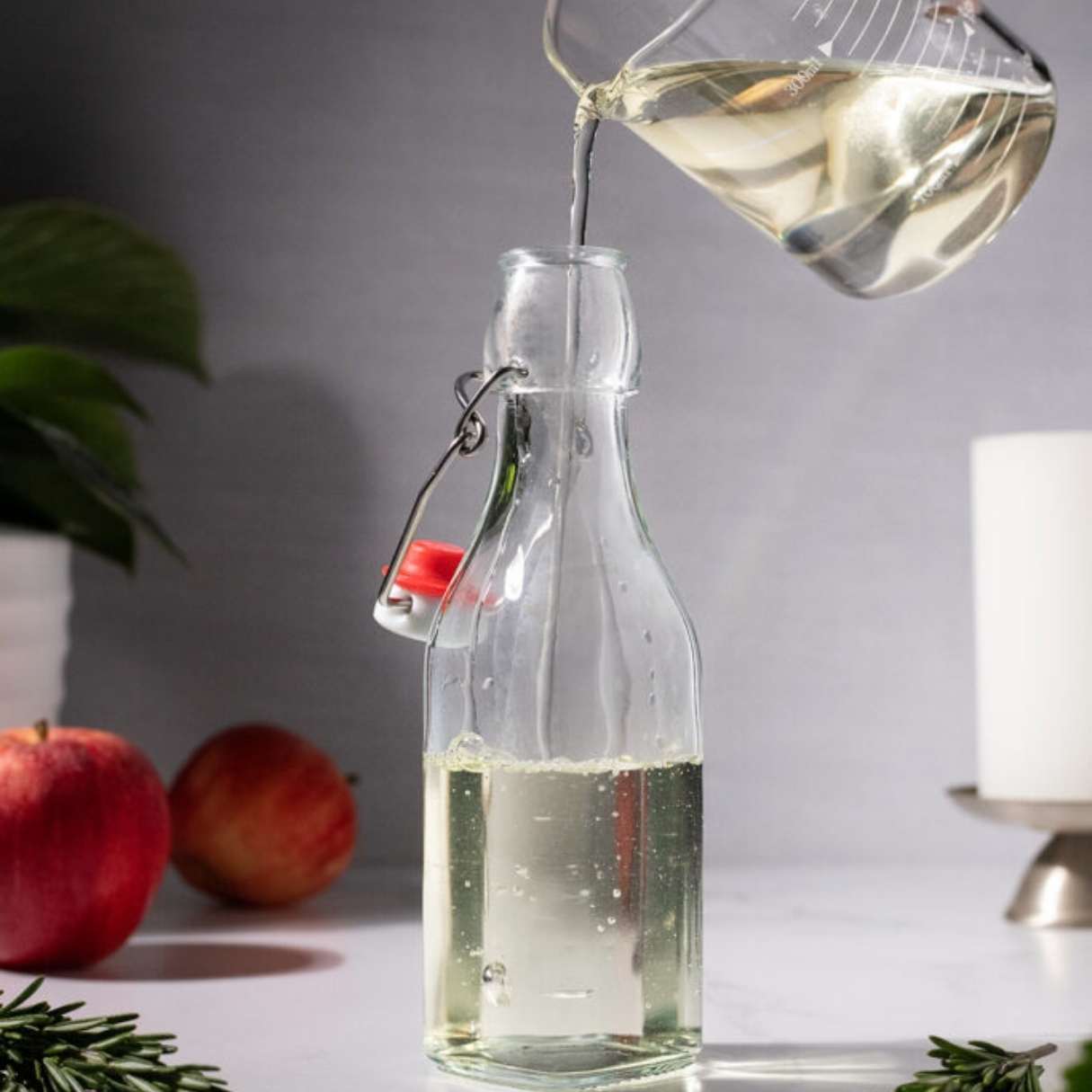
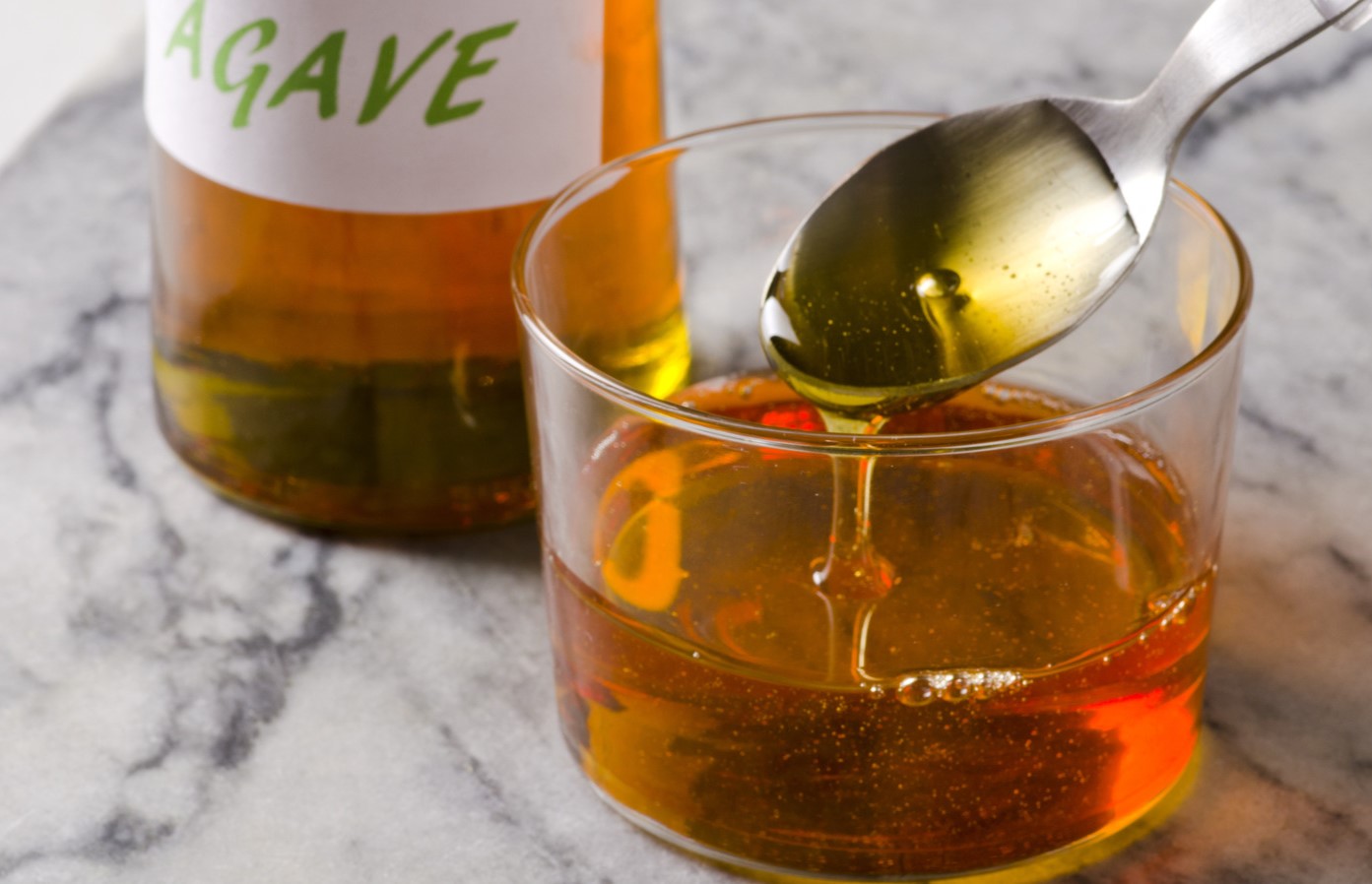
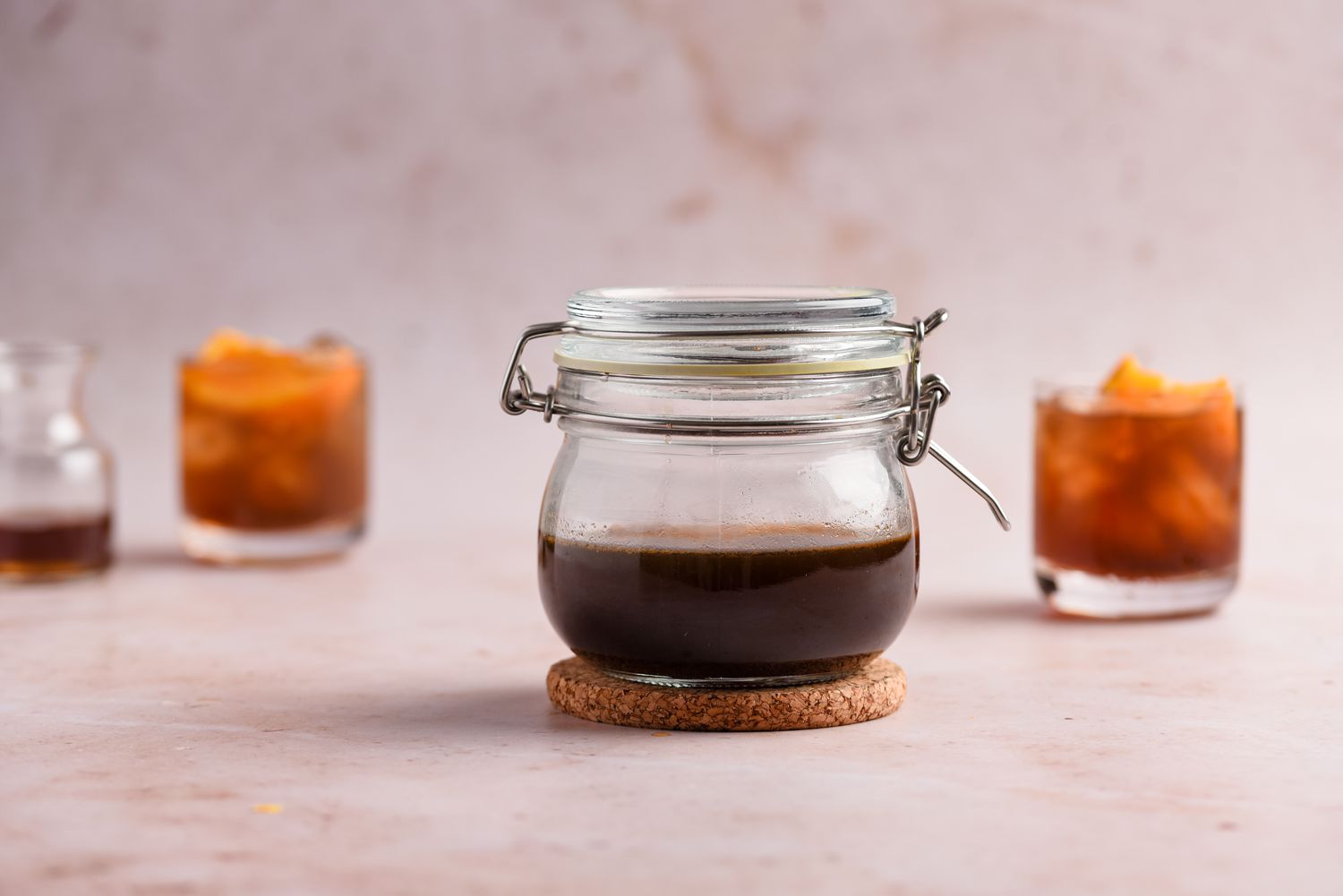
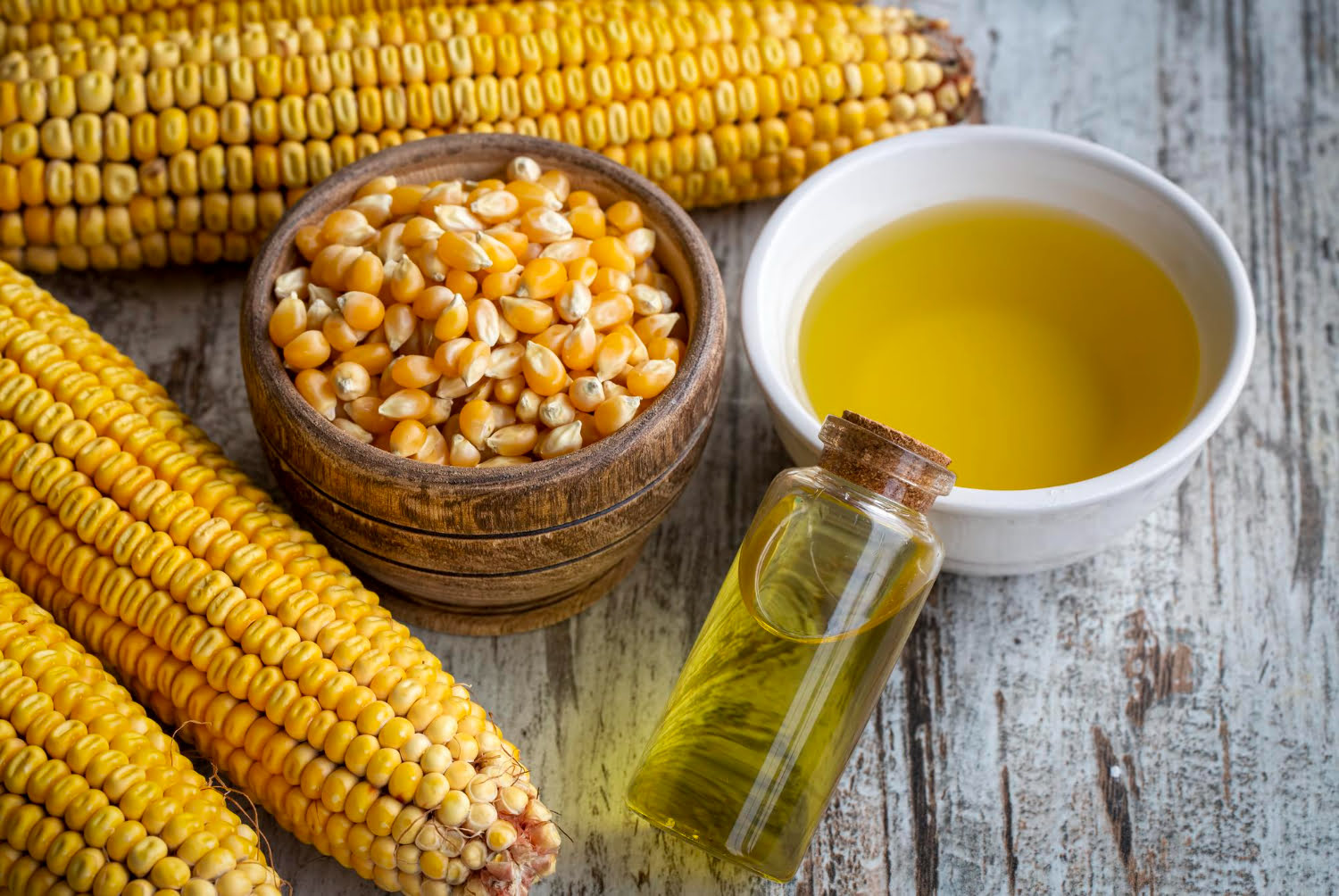
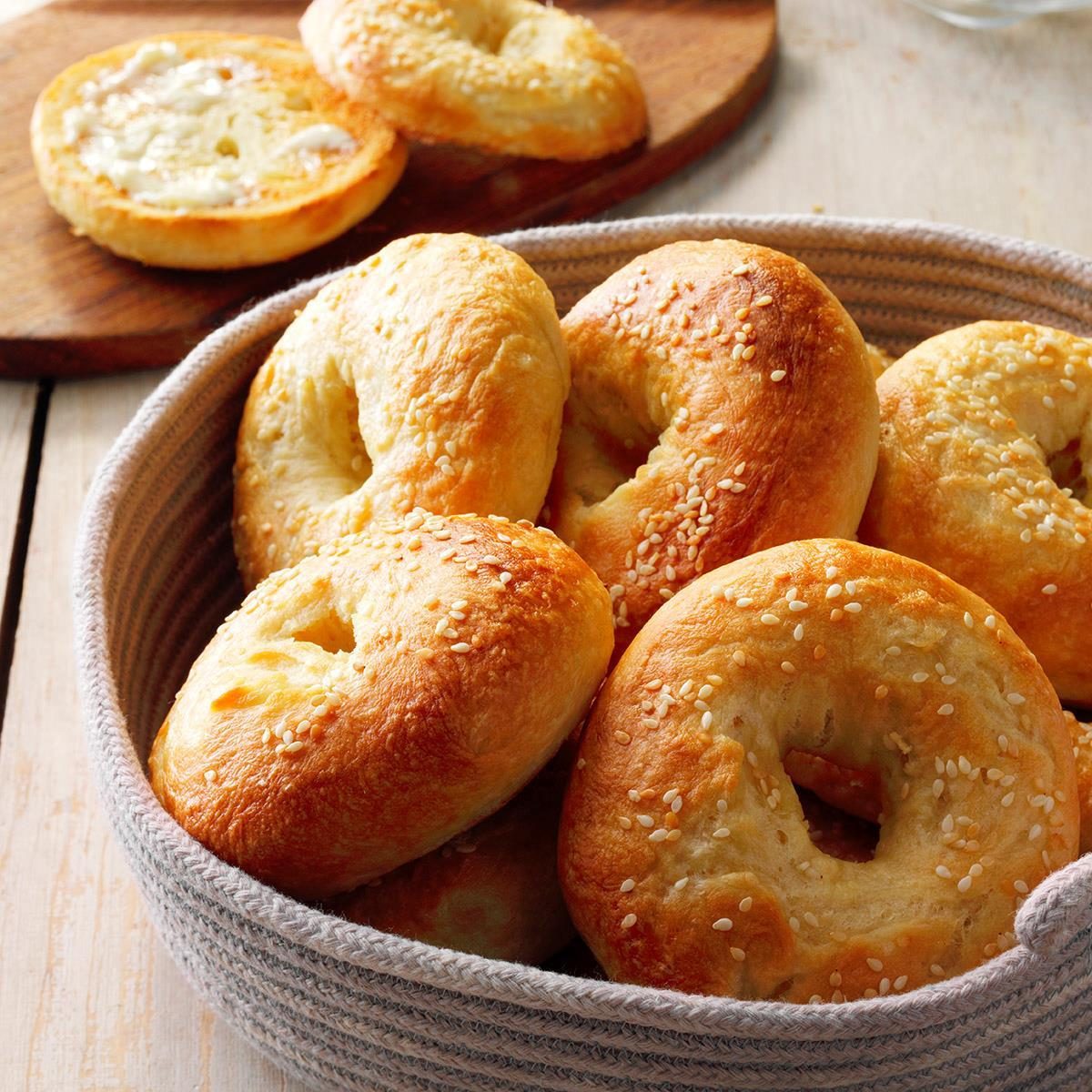
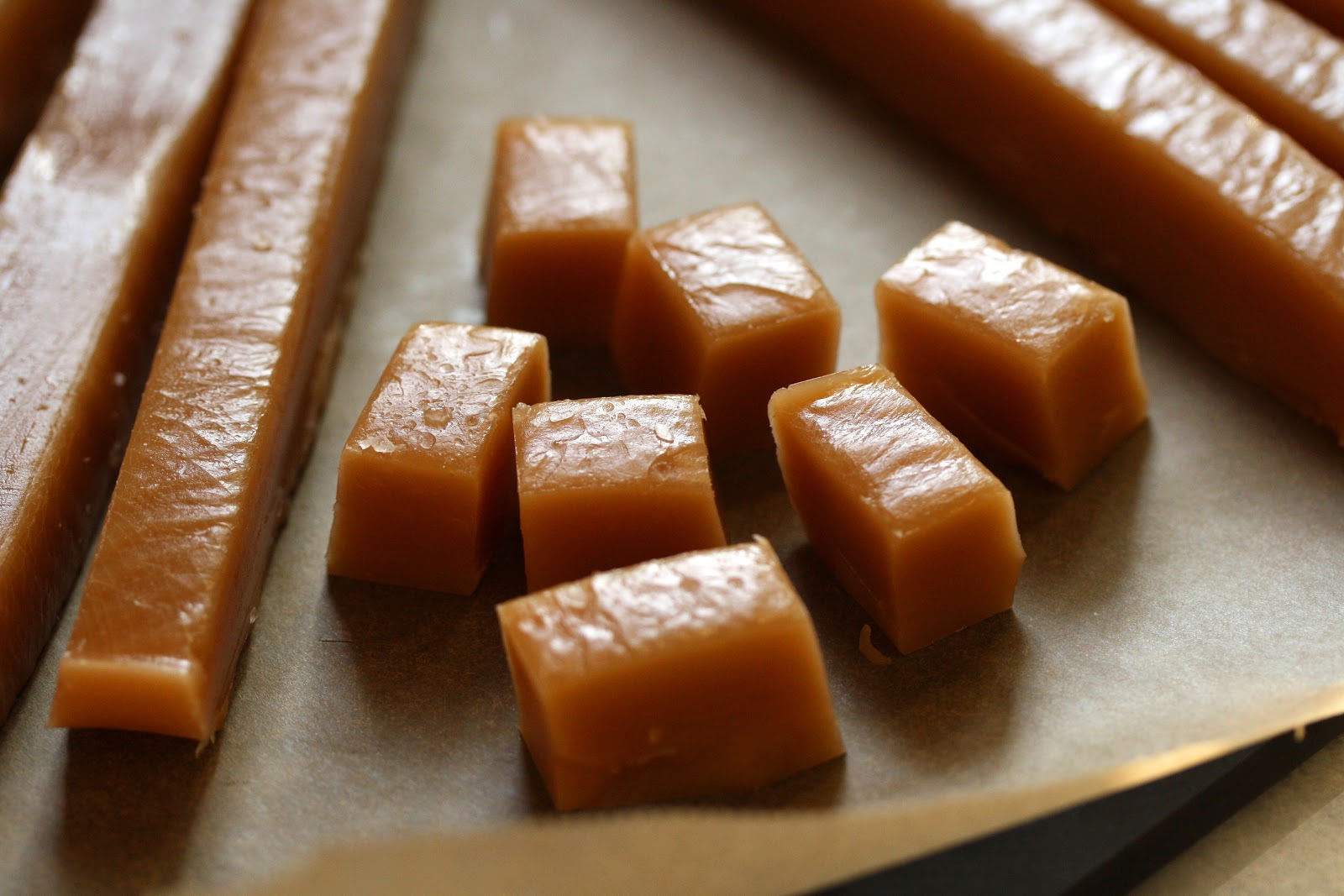

0 thoughts on “How To Store Homemade Maple Syrup”